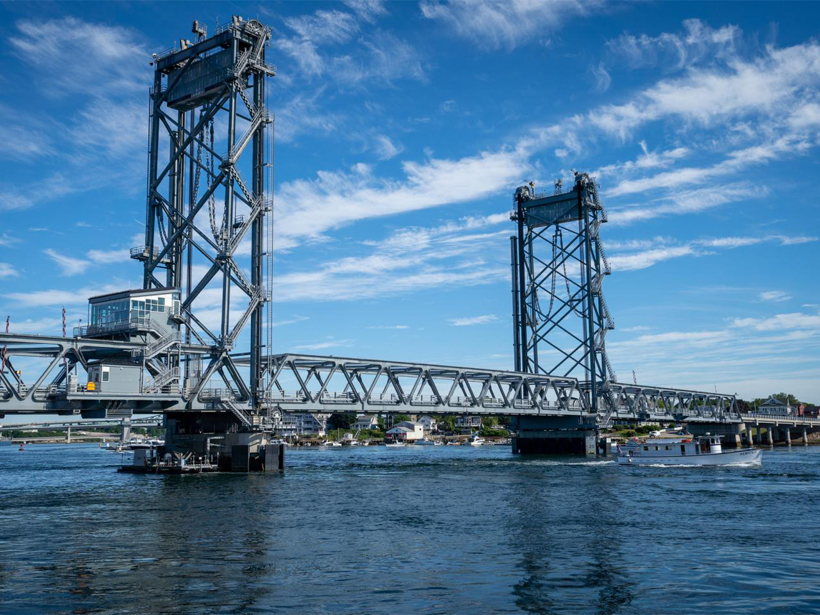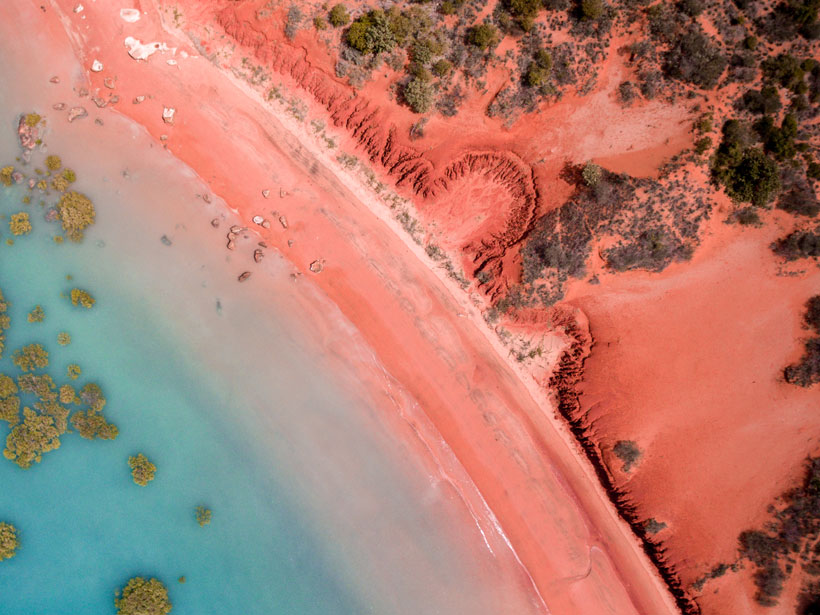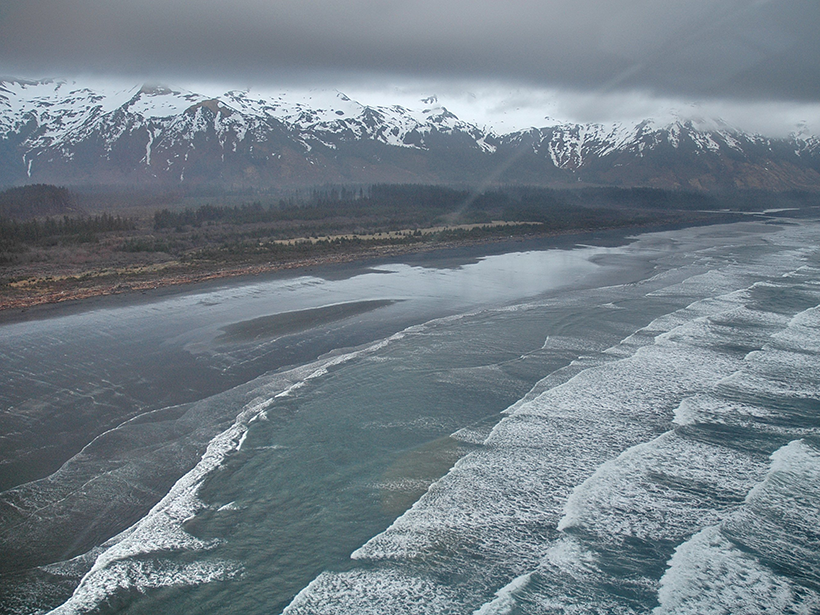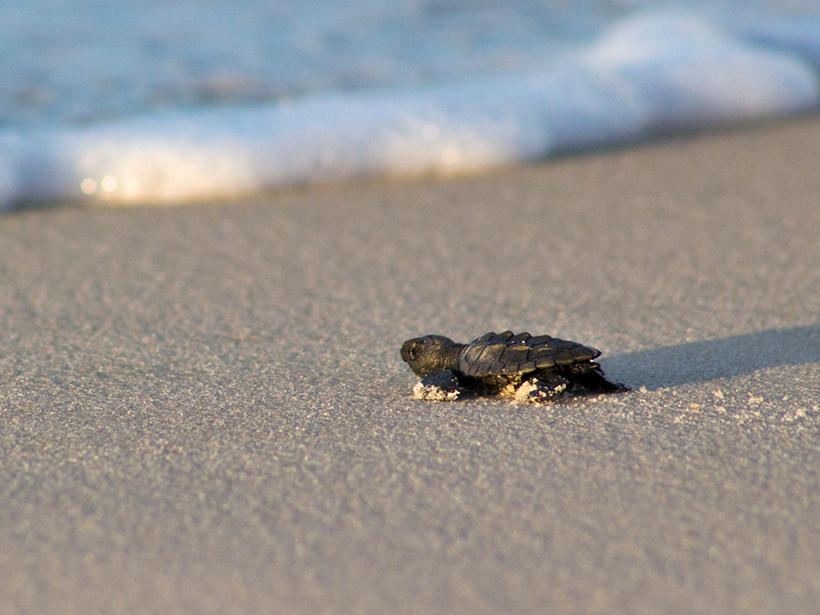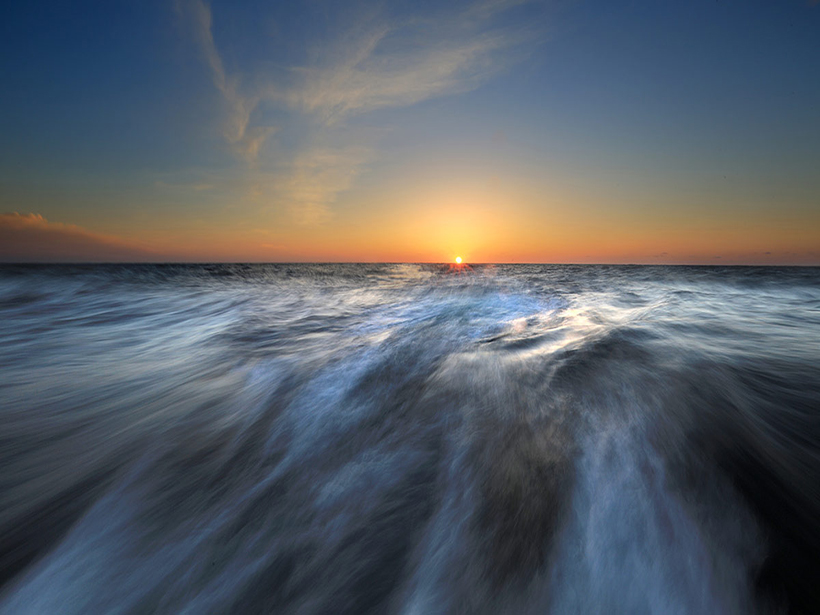By the end of the 21st century, waves will have gotten larger in some ocean basins, particularly the Southern Ocean, climate modeling reveals.
surface waves & tides
CAT Pictures of Internal Solitary Waves in Indonesian Strait
Huge and rapid subsurface temperature changes associated with propagating internal solitary waves were observed from a moored coastal acoustic tomography (CAT) system in Lombok Strait in Indonesia.
This Bridge Monitors the Environment and Harnesses Tidal Energy
The “smart” Memorial Bridge spanning the Piscataqua is outfitted with a tidal turbine and more than 40 sensors.
Australia’s Complex Intertidal Zones Mapped in 3-D
Intertidal zones support biodiverse habitats but have lost serious ground in recent decades to development, erosion, and sea level rise.
The Tides They Are a-Changing
The twice-daily ebb and flow of the sea have the power to change the planet. Weak tides could have allowed Earth to freeze over, and strong tides may have given vertebrates a leg up on land.
Predicting Wave Wash Overs for Sea Turtle Nests
To better protect coastal species, researchers developed a model that predicts harmful wash overs with 83% accuracy.
Numerical Models Overestimate Near-Inertial Wind Power Input
The first study to estimate the global wind power on internal gravity waves based solely on observations offers a new benchmark for comparing future calculations.
Weather-Induced Tsunami Waves Regularly Roll Up on U.S. Shores
Roughly 25 meteotsunamis strike coastlines between Maine and Puerto Rico each year, tide gauge data reveal.
Brief, Repetitive Floods in Coastal Cities Cause Economic Losses
A case study in Annapolis is one of the first assessments of the effects of high-tide flooding on local revenue.
Waves of Deadly Brine Can Slosh After Submarine Landslides
Brine pools—hypersaline, low-oxygen waters deadly to many forms of ocean life—can experience waves hundreds of meters high when hit by a landslide, potentially overspilling their deep-sea basins.



